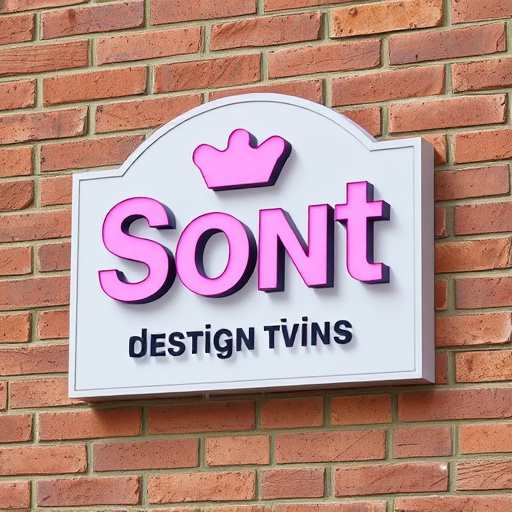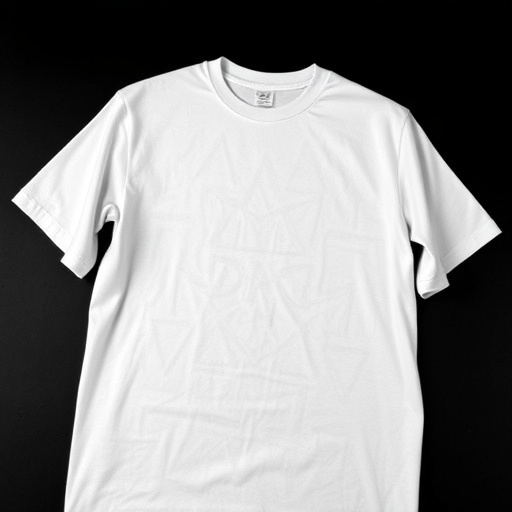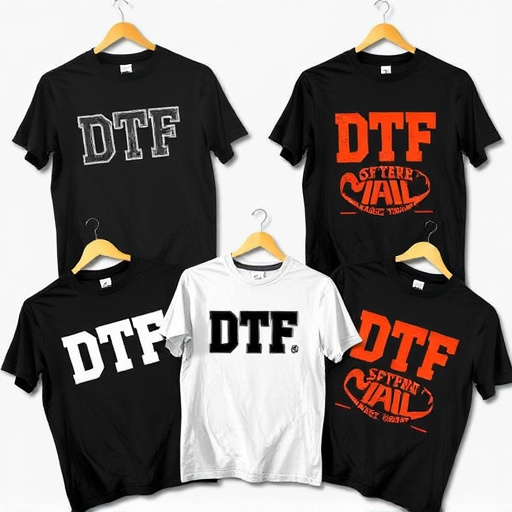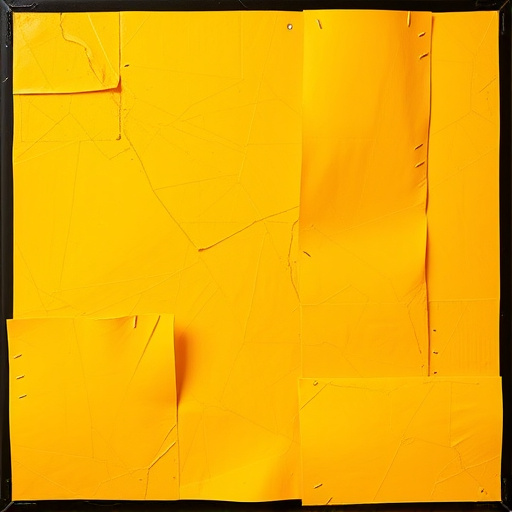Direct-to-Film (DTF) transfers offer a cutting-edge printing solution for high-quality, swift custom apparel printing. To Order DTF Transfers effectively, secure specialized equipment like direct to film printers, compatible inks, and appropriate substrates. Essential tools include a heat press machine, cutting plotter, reliable computer with compatible software, and high-quality transfer film. Maintain a clean workspace, calibrate printers regularly, and tailor settings to fabric type for optimal DTF transfer results.
“Unleash the speed and efficiency of Direct to Fabric (DTF) transfers with the right equipment. This comprehensive guide explores the essential tools needed for seamless, high-quality DTF printing processes. From understanding the unique requirements of DTF transfers to mastering maintenance tips, you’ll discover how to optimize your order fulfillment.
Dive into this article to learn about the key equipment that ensures precise color reproduction, vibrant designs, and fast turnaround times, revolutionizing your fabric printing experience.”
- Understanding DTF Transfers and Their Requirements
- Essential Equipment for Seamless DTF Transfer Process
- Tips for Maintaining Quality and Efficiency During DTF Transfers
Understanding DTF Transfers and Their Requirements

Understanding DTF Transfers and Their Requirements
Direct-to-film (DTF) transfers are a cutting-edge printing technique that allows for high-quality, fast, and precise application of designs onto various surfaces, including textiles like personalized hoodies. This method involves using specialized equipment to transfer ink directly from the print head to the target material without the need for intermediate plates or screens. The process is particularly popular in industries where quick turnaround times are essential, such as custom apparel printing.
When ordering DTF transfers, it’s crucial to understand the specific requirements of this technology. Unlike traditional printing methods, DTF printing demands specialized equipment like direct to film printers. These machines ensure that ink is accurately deposited onto the film, which then acts as a temporary carrier for the design before transferring it onto the final substrate. The right setup, including compatible inks and appropriate substrates, is key to achieving vibrant colors, crisp details, and long-lasting durability in the final print, be it on a t-shirt, hoodie, or any other fabric item.
Essential Equipment for Seamless DTF Transfer Process
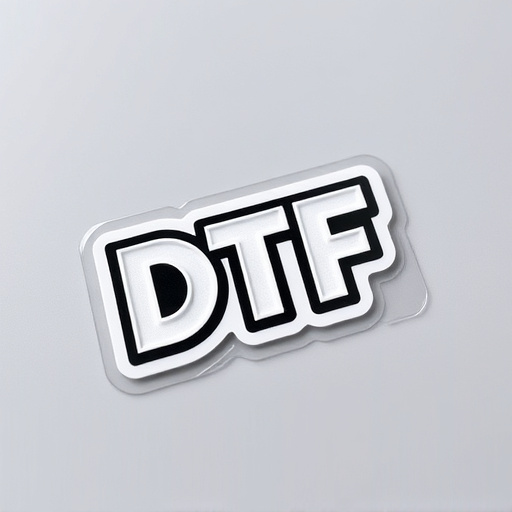
To ensure a seamless Order DTF Transfers process, several essential pieces of equipment are indispensable. Direct-to-garment (DTF) printing for custom t shirts and dtf for Custom graphic tees requires precise tools to achieve high-quality results. One crucial component is the heat press machine, which evenly applies heat and pressure to transfer designs onto fabric. This ensures vibrant colors and long-lasting durability on items like cotton, polyesters, and nylon.
Additionally, a cutting plotter or vinyl cutter facilitates the preparation of design templates, making it easier to align and apply graphics precisely. These tools are particularly useful when creating intricate designs for dtf printing for t-shirts. A reliable computer with compatible software allows for accurate design editing and seamless communication between the printer and heat press machine, streamlining the entire transfer process.
Tips for Maintaining Quality and Efficiency During DTF Transfers
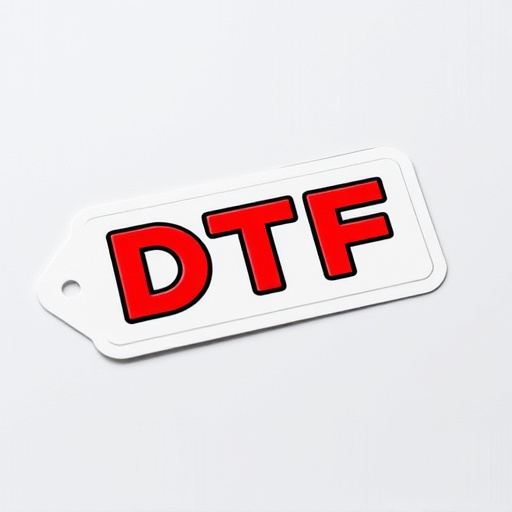
To maintain quality and efficiency during Direct to Garment (DTF) transfers, follow a few simple tips. First, ensure your workspace is clean and well-organized. Cluttered surroundings can lead to mistakes and delays. Second, use high-quality DTF transfer film, as lower grades may result in poor print accuracy and durability. Always inspect the film for any defects before beginning the transfer process.
Additionally, precise cutting of the design from the transfer film is crucial. Take your time to ensure clean lines and accurate sizing, aligning the design perfectly with the garment. Regularly calibrate and maintain your DTF printer to guarantee consistent print quality. Lastly, when ordering DTF transfers, consider the fabric type and color; different materials may require specific settings for optimal results.
In conclusion, efficient order DTF transfers rely on having the right equipment. By understanding the process and utilizing essential tools, you can ensure seamless, high-quality results every time. Follow the tips outlined in this article to maintain consistency and optimal efficiency in your DTF transfer projects.
